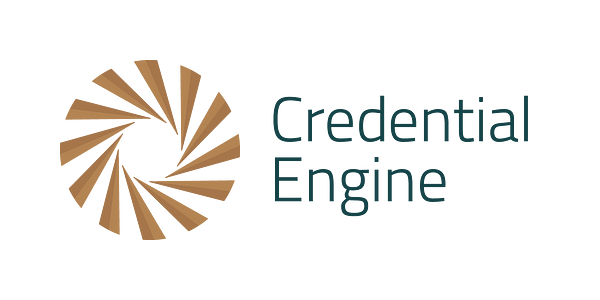How to Fix America’s Broken Credentialing System
The professional certification industry is booming. In the last three decades, the number of occupational licenses, industry certifications, and other post-secondary credentials awarded has jumped 800 percent. There are now thousands of certifying institutions. The advent of online learning has empowered students to earn those credentials at their own pace, in their own time, anywhere in the world.
In theory, this is a positive development. Professional certificates often may represent a lower-cost alternative to traditional college and can equip people with the skills they need to launch solid careers.
In practice, though, the certification industry is a complicated maze. It’s nearly impossible for applicants to determine whether a program is high-quality. And it’s equally difficult for employers to determine what skills a certificate actually conveys. The result? Frustrated students making costly spending decisions, a diversion of tax dollars from more useful purposes, and businesses unable to recruit workers with the proper training.
There is serious demand for the skills professional certificates can impart. In the early 1970s, just a quarter of jobs required a college degree or postsecondary certification. Today, three in five do.
Consider the healthcare sector, where one in every four new jobs is created. Most of these positions require some specialized post-secondary training — but not a college degree that too often comes with substantial student debt. These jobs pay handsomely with good benefits. The median salary for a critical care nurse or sonographer, for instance, approaches $70,000. Plus, these positions provide job security and cannot easily be outsourced.
The nation’s certification programs, though, vary widely in quality. Of the 4,000 official certification bodies in this country, just 10 percent are accredited or assessed by a third party. Workers, unsurprisingly, have a hard time navigating this maze. Many end up wasting their money on low-quality programs that provide credentials with little market value. On the flip side, employers are often stuck guessing if a particular certification actually reflects concrete competencies and whether an applicant is really prepared for the job.
These inefficiencies are major contributors to our skills gap. There are plenty of jobs in this country; there just aren’t enough qualified workers to fill them.
Right now, there are about 6 million open positions that employers can’t fill. Most are in skilled professions like manufacturing and information technology. A recent survey of top CEOs from the Business Roundtable found that 97 percent see the skills gap as a major problem.
The joblessness resulting from this skills mismatch has hit men particularly hard. Despite the overall unemployment rate bouncing back to pre-recession levels — it currently stands at 4.9 percent — 15 percent of working-age men can’t find paid work. That statistic is close to where it was during the Great Depression.

Creating real transparency and accountability in the certification and credentials market can fix this problem and put more Americans back to work. That’s why we here at the Business Roundtable have joined forces with the Lumina Foundation to launch Credential Engine, an online certification registry empowering workers and employers to search and compare programs. Students can provide real-time feedback about program quality. And employers can publicize the specific programs they value.
We need to fix the certification market. Done right, these programs can empower people into a field with solid earnings and lasting job satisfaction. The Credential Engine is the first step in fixing a broken system.

Originally published on Huffington Post on October 23, 2016.




